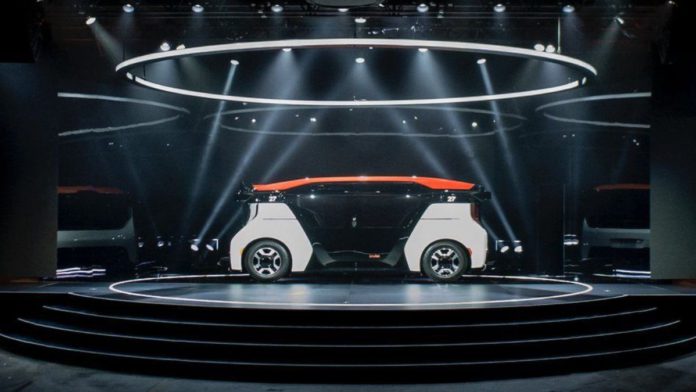Cruise CEO Kyle Vogt said the company would add Phoenix, Arizona, and Austin, Texas, to its driverless ride service in the next ninety days. Cruise is a self-driving vehicle manufacturer that is majority owned by General Motors. Speaking at a Goldman Sachs conference, Vogt added that the loss-making Cruise unit hopes to generate US$1 billion in sales by 2025, or half of the amount of money that GM now invests annually.
In San Francisco this year, Cruise started charging for trips in its fully autonomous cars using a small number of Chevrolet Bolt electric vehicles, but only after hours to lessen the risk of mishaps as it develops the system.
Vogt stated that its activities would first be on a limited scale and “revenue-generating” in Austin and Phoenix, with an aim to build up operations next year.
In Phoenix, where it has previously tested its self-driving delivery service with Walmart, one of its investors, Cruise has all the permissions required for employing autonomous vehicles for ride-hailing and delivery services.
This comes after Cruise’s fleet of 80 self-driving vehicles had received a software update following a crash in June. According to documents published by the National Highway Traffic Safety Administration (NHTSA), one of Cruise’s vehicles was struck by an approaching Prius while making an unprotected left turn at an intersection. When the Prius shifted lanes and proceeded straight, it struck the right rear of the Cruise car, which was in the right turn and bus lane. Police determined that the other car was mostly to blame for the collision as it was going 40 in a 25 zone.
Read More: The Rise of China in the Autonomous Vehicle Industry
According to a report Cruise filed with the California Department of Motor Vehicles, there were apparent minor injuries to people in both vehicles, and the Cruise car sustained significant damage and had to be towed away.
However, in a subsequent filing with the NHTSA, Cruise revealed that its software operated erroneously when the car tried the famed “unprotected left” maneuver that many companies have struggled with. The Cruise car assumed that the Prius would make a right turn and that it could make its turn before the Prius arrived. It is uncertain if the Cruise was certain that the Prius wasn’t a cab or made judgments based on that knowledge. It appears like the Cruise anticipated the automobile would slow down, giving it enough time to make the turn, and started its turn. The Prius did not stop, nor did it slow down, but a sequence of errors led to the collision. It is believed that by choosing not to stop and finish its turn or by opting not to try its turn in the first place, the Cruise Bolt could have avoided the disaster.


